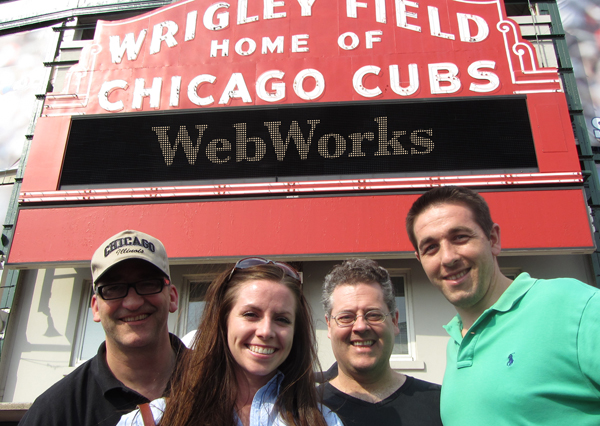I look at the industry today and I just don’t get businesses’ attitude about content. Most feel that content is just a business expense that needs to be trimmed at every budget cycle. Ask anyone who has said, “Hey, if we follow this process, we can cut our cost by this much!” They came across as a rock star for a brief period, but then the next year came around and they were asked, “How much can you cut this year?” It’s as though the very first conversation went something like this:
Business Owner: “We have too much profit. We need to figure out a way to spend all this money. I know! We will waste a bunch of money writing a manual describing how to use our product. It’s perfect!”
I don’t think a conversation like that ever happened. In fact, I think it was the opposite:
Business Owner: “We need to generate more revenue. We need to figure out a way to increase our product value and make our customer more loyal. I know! We will write a manual describing how to use our product and deliver it in a way to increase our customers’ experience. It’s perfect!”
Somewhere along the line, content was turned into a contractual obligation or a liability defense and business strategists simply forgot about documentation. Well, Summit 2013 decided to stand up and say, “Ain’t nobody got time for that!”
That was one of the things that made Summit special this year—a shift in a mindset that content can and will generate revenue for a company. Businesses need to start planning for that in their strategy. I personally feel the biggest push for this new mindset is the advancements in mobile technology. Mobile devices are going to outnumber PCs 5 to 1 this year, and 1 in 4 adults own a tablet. Now, instead of PDFs, technical writers have to think about Kindles, iPhones, Razors, Galaxys, and so on. This is actually a very good thing for content. Because of instant access on mobile devices, users now want their content to travel with them. Businesses can now increase customer satisfaction through multi-device delivery, and there were a lot of good presentations on that topic at the conference. We had many people coming by the booth and asking fantastic questions: What is HTML5 and how does it work across multiple devices? What tricks do I have to use to display content properly on a smaller screen? What kind of workflow will generate revenue, and how do I align my processes with my company’s business strategy? These are all great questions, and we want to answer them. You can find a few answers in our resource library, but we are also going to be releasing some related whitepapers and tips and tricks in the next couple of months.
One of the big questions was “What do I need to think about when delivering content across mobile devices?” The answer is this: It’s different from delivering by PDF. That is probably the concept most content creators are struggling with. For example, consider tool tips. On most mobile devices, the screens are touch. That technology does not have a hover function, which is what is used to activate the tool tip on a desktop. So, the first assumption is that you are going to lose some functionality when going to mobile. However, this is not the case. You have to remember that users are moving to mobile because it is their preferred method of receiving information. They are already familiar with a mobile environment and want it. Whatever features they can use on a desktop that are not found on a mobile device are just not important enough to them. This actually makes it easier for the tech writer. Design for a mobile environment, and you will be giving users exactly what they want. They will even prefer the layout if they move back to a desktop because the behavior is the same as it was on their mobile device.
We will go into more depth on the differences of a mobile environment in future whitepapers, so keep checking back with us. Soon, that budget conversation will go like this:
“Hey, if you invest this much money in our current documentation, we can raise revenue by 2%.” You will still come across as a rock star, and next year they will ask, “How much do you need this year?” Now isn’t that a better conversation to have?



